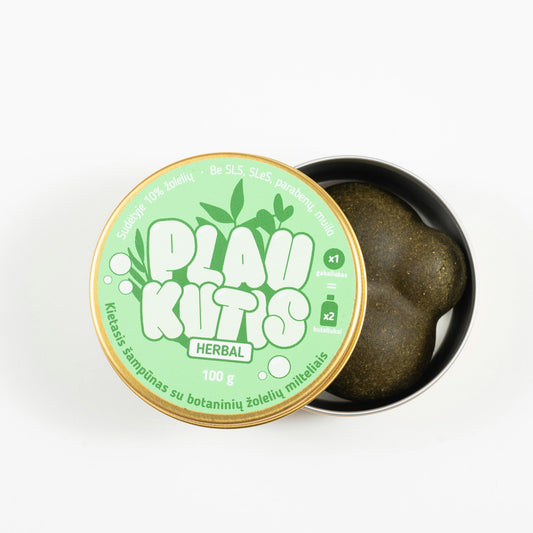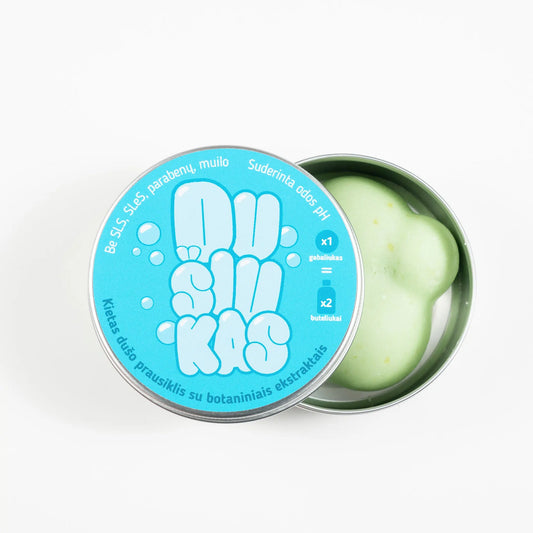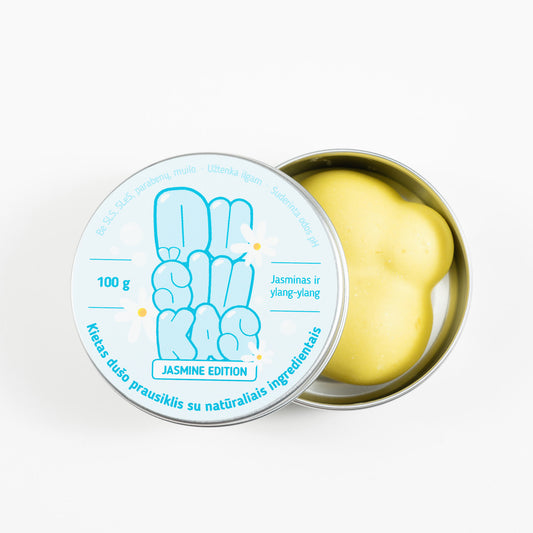Have you ever wondered why your hair is the color it is? It all comes down to melanogenesis, a complex process that takes place in your hair follicles. This process is responsible for the production of melanin, a natural pigment that gives your hair its unique shade, whether it’s blonde, brown, red, or black. Melanin not only determines your hair color, but it also plays a protective role, protecting it from environmental factors. In this article, we’ll explore melanin production, discuss how genes and age affect hair color, and share some interesting facts and cultural examples about melanin and hair. If you’re curious about why your hair color changes or what makes your shade unique, this guide will have plenty of answers!

How melanin is produced in hair follicles
Melanin is the pigment responsible for your hair color, and it is produced by special cells called melanocytes , which are located in your hair follicles. These cells are active during the anagen phase of the hair growth cycle, when your hair is actively growing. Melanocytes produce two types of melanin, eumelanin and pheomelanin , which combine in different proportions to create your unique hair color.
- Interesting fact : The average human scalp has 100,000-150,000 hair follicles , and each follicle has its own melanocytes, meaning that each hair can have slight differences in color.
Melanocytes use a biochemical process called melanogenesis to produce melanin. The key element in this process is the enzyme tyrosinase , which helps convert the amino acid tyrosine into melanin. This complex process results in the pigmentation that colors each hair as it grows.
- Fun fact : Although your hair grows about 0.3-0.5 millimeters per day, melanin production continues, ensuring that your hair maintains a consistent color as it grows.

The biological process of melanogenesis
Melanin synthesis, or melanogenesis, is a multi-step process that occurs in hair follicles. Melanocytes use the amino acid tyrosine , and the enzyme tyrosinase helps convert it into melanin. There are two main types of melanin:
- Eumelanin – responsible for darker shades, such as black and brown hair color.
- Pheomelanin – gives lighter shades, such as red, orange and yellow tones.
Melanin synthesis in hair follicles
Melanin is produced during the anagen (growth) phase. Melanocytes remain active in each follicle, so hair remains the same color throughout its length as it grows. However, in some people, melanin production can vary slightly between follicles, resulting in naturally lighter shades or streaks.
- Fun fact : Blonde hair, which has relatively little of both eumelanin and pheomelanin, only makes up 2% of the world's population , making it one of the rarest natural hair colors in the world. This is especially noticeable outside of Europe.
During the telogen (resting) phase, melanin production slows down or stops altogether. As a result, newly grown hair can sometimes appear a slightly different color than older strands.

Genetic influence on melanin production
Your genetics determine how much melanin your melanocytes produce and what type of melanin predominates in your hair. The MC1R gene plays a major role in regulating whether your hair will produce more eumelanin or pheomelanin. Mutations in this gene result in fiery red hair, which is found in about 1-2% of the world's population.
- Cultural fact : The MC1R gene mutation is much more common in Irish and Scottish populations, with up to 10-13% of people having red hair. These regions are considered the capitals of natural redheads.
Other genetic factors also affect the activity of melanocytes. Some people naturally produce more melanin, which gives them darker hair, while others produce less, which gives them lighter hair. Hair color is also hereditary, meaning it is passed down from parents and grandparents.
- Interesting fact : In Japan, about 99% of the population has black or dark brown hair due to the dominance of eumelanin in the genetic pool.
Melanin production with age: genetics and age
As we age, melanin production in hair follicles naturally decreases. This process occurs gradually and leads to graying of hair, also known as graying . This decrease occurs because melanocytes become less active with age and produce less melanin with each hair growth cycle.
Age and melanin production
The graying process usually starts in your 30s and 40s, but for some people it can start earlier due to genetics. By the age of 50, there is a chance that about 50% of your hair will be gray. The reason lies in the fact that melanocytes either slow down the production of melanin or stop it completely.
- Interesting number : Studies show that by the age of 50, approximately 50% of people have 50% gray hair – this is called the “50-50-50 rule.”

Hormonal changes and stress
Hormonal changes, such as during pregnancy or menopause, can also affect melanin production. Fluctuations in hormone levels can temporarily increase or decrease melanin synthesis, causing changes in hair pigmentation. Similarly, chronic stress can be linked to premature graying because it can disrupt the function of melanocytes.
- Insightful study : A 2020 study published in the journal Nature found that stress triggers the release of norepinephrine, which damages melanocyte stem cells and contributes to premature graying.
Fun facts and myths about melanin production
Let's dispel some myths and share some interesting facts about melanin and hair color!
- Myth 1 : If you pluck out one gray hair, more will appear.
- Truth : Plucking one gray hair will prevent more from growing back. However, frequent plucking can damage the follicle, leading to permanent hair loss in that area.
- Myth 2 : Stress turns your hair gray overnight.
- Truth : While stress can speed up graying, it doesn't happen overnight. Graying is a gradual process, and genetics play a much bigger role.
- Fun fact : Redheads may require up to 20% more anesthesia during surgery than people with other hair colors, due to a variation in their MC1R gene. This gene affects the body's sensitivity to certain painkillers.
- Unexpected fact : People of African descent often have the highest concentration of eumelanin, which makes their hair the darkest and most resistant to UV rays. In fact, eumelanin can absorb up to 99.9% of UV rays.
- Interesting fact : Naturally red hair is not only rare, but also very sensitive to light. Redheads are often at higher risk of sunburn because pheomelanin provides less protection from UV rays than eumelanin.

Practical tips to maintain healthy melanin production
While you can't stop the aging process, you can take steps to support healthy melanin production and keep your hair bright for longer. Here are some tips:
- Maintain a nutritious diet : Vitamins like B12 , copper , and iron are essential for healthy melanin production. Include spinach, almonds, and eggs in your diet to maintain healthy hair pigmentation.
- Protect your hair from UV rays : UV rays can damage melanocytes, causing your hair to turn gray faster. Use hair care products with UV protection or wear hats to protect your hair from the sun.
- Manage stress : Chronic stress can disrupt melanocyte function and contribute to premature graying. Stress management techniques such as meditation, exercise, or mindfulness practices can help maintain both mental and hair health.
- Drink enough water : Drinking plenty of water ensures that hair follicles remain hydrated, which supports overall hair health, including melanin production.
- Take care of your scalp : A healthy scalp provides the best environment for melanin production. Regular scalp massages stimulate blood circulation, helping both nutrients and oxygen reach the hair follicles.

FAQ about melanin production in hair
Q: Is it possible to increase melanin production in hair?
- A: While you can't reverse the natural decline in melanin production that occurs with aging, a healthy lifestyle can help slow the process. A diet rich in vitamins and minerals supports overall hair health.
Q: Does everyone's hair eventually turn gray?
- A: Most people start to experience gray hair as they age, but the speed and intensity of graying varies depending on genetics.
Q: Does stress really cause gray hair?
- A: Yes, stress can contribute to premature graying because it disrupts the function of melanocytes. However, genetics have a greater influence on when and how quickly hair starts to gray.
Q: Can gray hair be restored?
- A: In some cases, if graying was caused by stress or illness, the hair may regain its color if the condition improves. However, genetically determined graying is usually permanent.
Q: Why do some people age faster than others?
- A: Genetics are the main factor in determining when a person starts to go gray. If your parents or grandparents started going gray early, it is likely that you will also experience premature graying.

Conclusion: Understanding melanin production in hair follicles
The production of melanin in hair follicles is a complex biological process that plays a major role in determining hair color. From the dark shades of eumelanin to the light tones of pheomelanin, the balance of these pigments creates a wide range of natural hair colors. Genetics, age, and environmental factors all affect how much melanin your hair produces. While aging and stress can lead to graying, a healthy lifestyle can help maintain bright, healthy hair for longer. Understanding the role of melanin can help us better appreciate the natural beauty of our hair.













